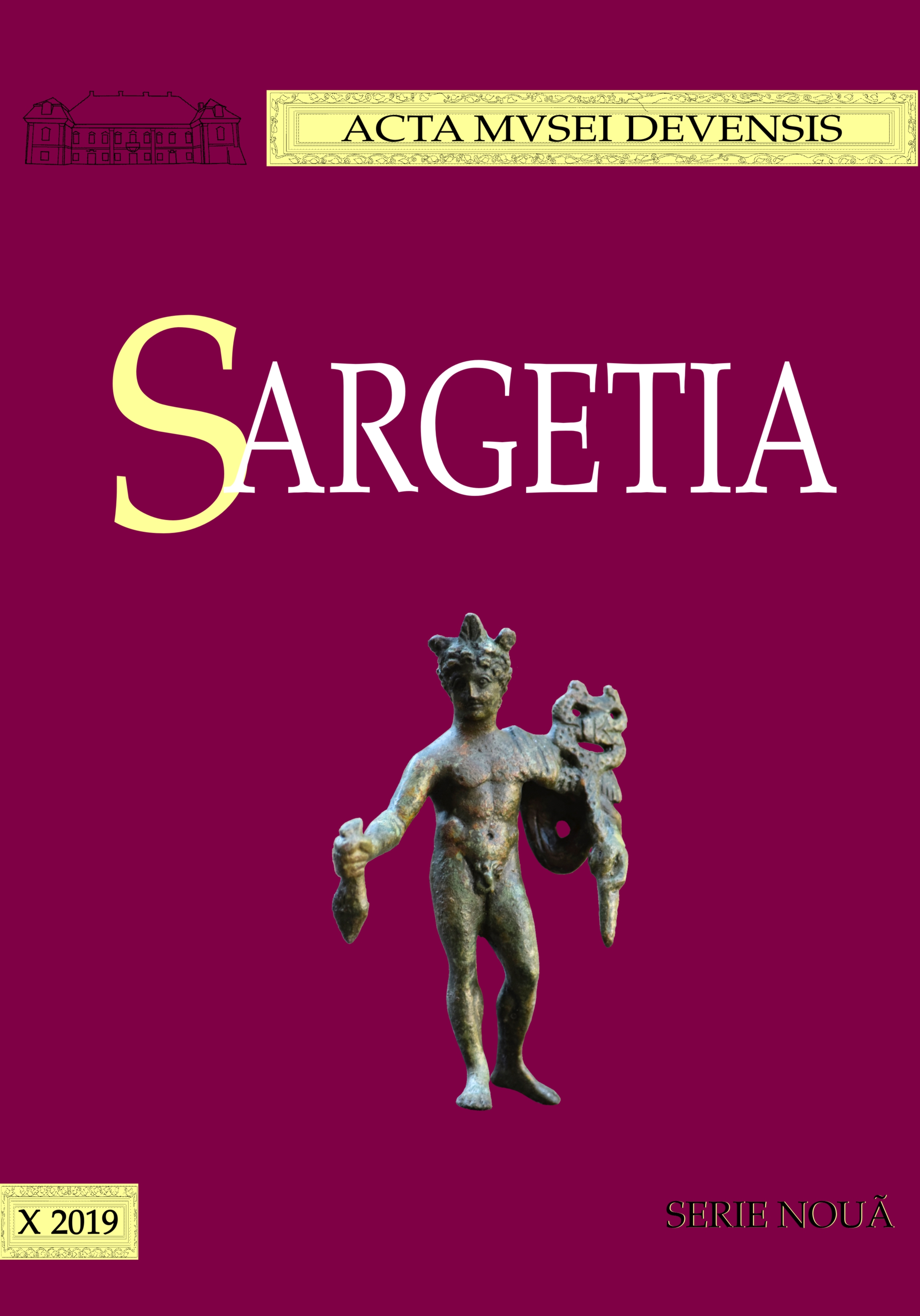Scrisul istoric și jurnalismul cultural. Microistoriile și renașterea narațiunii
Historical Writing and Cultural Journalism.
Microhistories and the Revival of Narrative
Author(s): Oana OmetaSubject(s): History, Cultural history, Recent History (1900 till today)
Published by: Editura Altip
Keywords: cultural journalism; life story; narration; microhistory; history;
Summary/Abstract: The new journalistic projects are returning to long-form narratives. When we speak about online publications, referring also to the alternative media, we are witnessing a return to the narrative. The new online publications that have appeared in the last years and not only are exploiting the stories, especially those dealing with historical themes, using the new journalism model. The reader needs confessions, fairy tales, legends. The publications that have expanded exploit history subjects, and this type of articles – which are often biographies/micro-histories of the characters who either participated in a historical event, either belong to a certain social group or are themselves, heroes – are appreciated by the reading public. The journalistic articles (portraits, feature, interviews) go viral and this is a sign that they are well received, validated and can be easily deciphered by the reader who is not necessarily elitist but a reader who wants to know and wants to learn. Doru Radosav says that “the return to the story is convergent to the return to the narrative, to the narrative reconstruction of the past”. This return to the narrative takes into account precisely the new tendencies mentioned by the historian Lawrence Stone: the changing public, but also the new means of communication. These materials belong to the field of cultural journalism (literary, narrative, aesthetic, etc.). The present paper tries to find a match, a way of relating the theory of history – the new tendencies of history – with the theory of journalistic genres – paying close attention to those of the portrait, more precisely the life stories. French historian Paul Veyne admits history is “a true story”. This definition, I would say, also applies to journalism. In fact, Gay Talese says that while new journalism is read like fiction, it is not fiction, reiterating that despite the fact that authors can be subjective in rendering reality, but the rigorous verification is a must.
Journal: Sargetia. Acta Musei Devensis
- Issue Year: 2019
- Issue No: 10
- Page Range: 271-281
- Page Count: 11
- Language: Romanian

